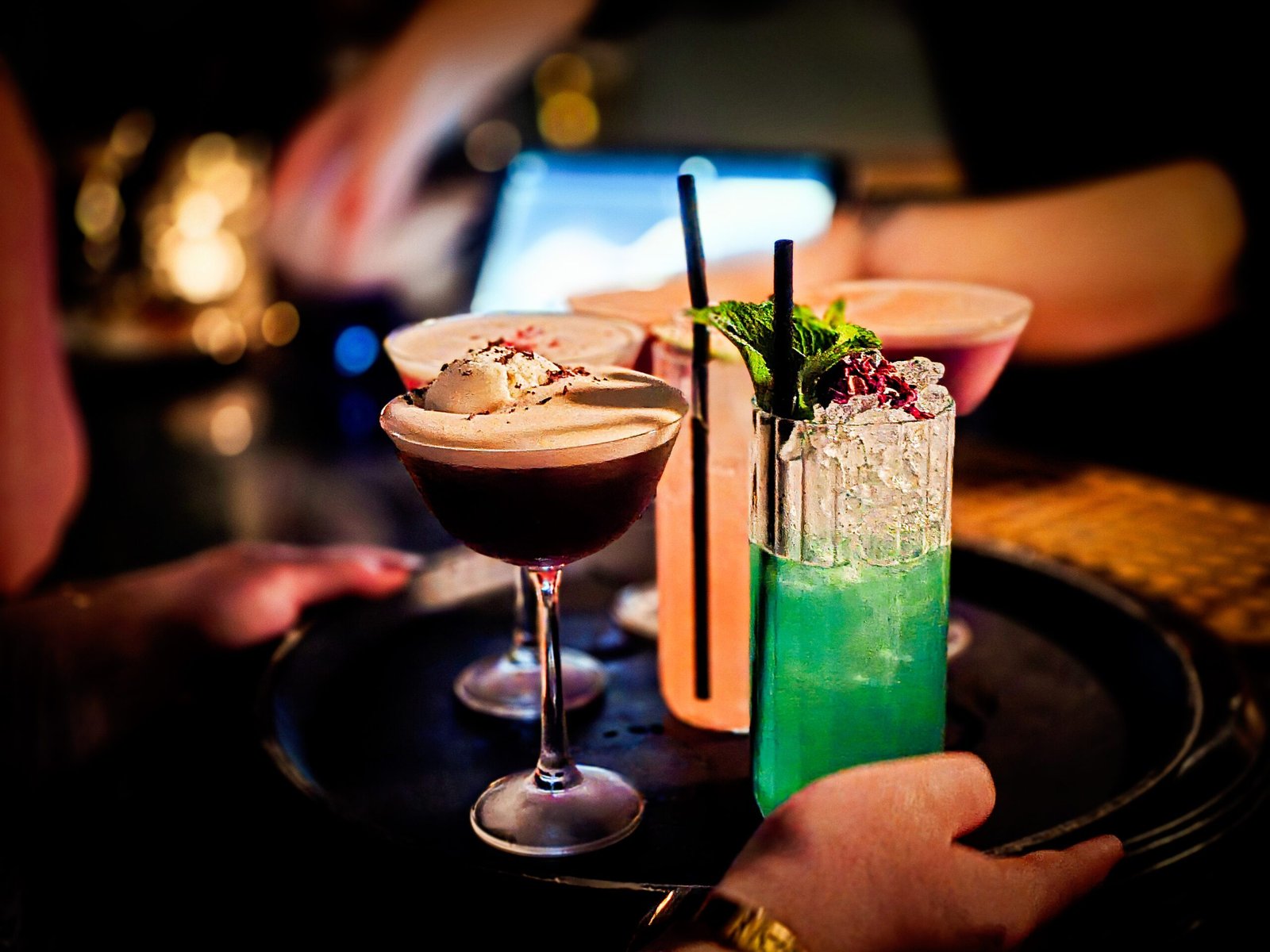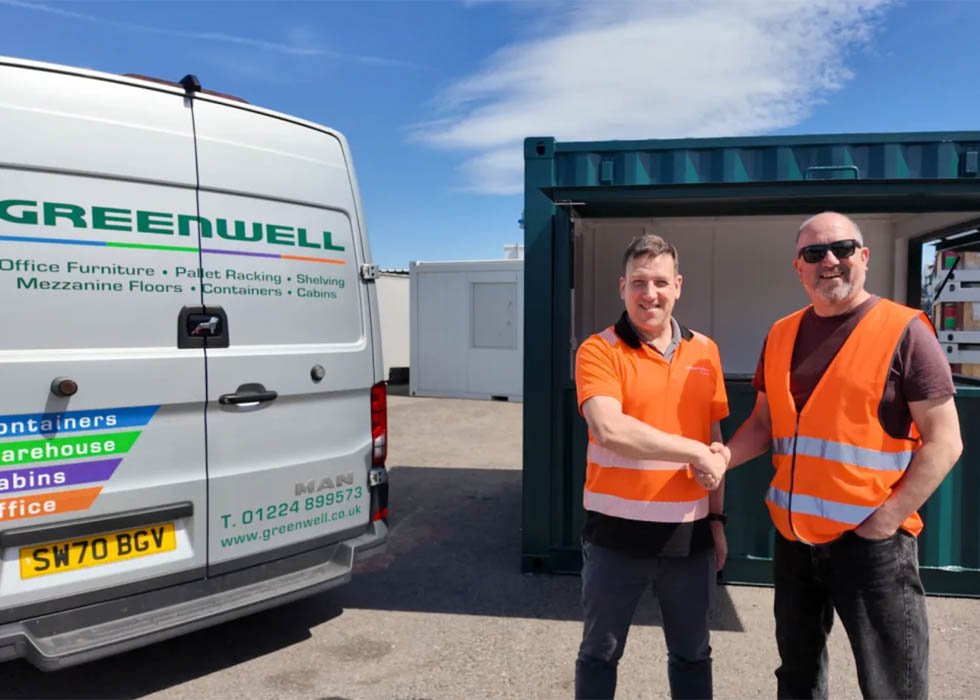Over the festive period and into the first fortnight of 2024 the beef market has remained relatively stable, according to the latest market commentary from Quality Meat Scotland (QMS).
R4L steer prices have generally been slightly above the £5/kg threshold in recent weeks, having mostly been slightly below it from late September to early December, suggesting a slight tightening of market conditions. In the week ending January 16, R4L steers averaged 502.2p/kg at Scottish abattoirs.
Although farmgate prices remain around 2% below the highs reached in May last year, they have opened this year at 8-9% above levels 12 months ago, and 26-27% above the five-year average, according to QMS Market Intelligence Manager, Iain Macdonald.
“Highlighting the rebalancing of recent years, you have to go all the way back to May 2020 to find a time when prices were lower than a year earlier, and prime cattle prices began 2024 around 45% higher than they started 2020.
“The indication of a tightening market is interesting in Scotland, where the dominance of spring calving and a most common age at slaughter of 21-22 months signals that prime cattle availability should be around its annual peak. This combination therefore suggests that firm demand has supported competition for cattle at the start of 2024.”
At GB level, after peaking in late October, weekly slaughter at the price reporting abattoirs trended downwards in the run up to Christmas, and the two short processing weeks over the festive period will have placed further downwards pressure on beef production. It is therefore possible that firm competition for cattle reflects an attempt to rebuild stocks after a period of lower output.
This year, prime cattle supply is expected to be similar to 2023 in the year as a whole. However, supplies could be stronger in the first half of the year in Scotland before tightening in the second half. Indeed, as the outflow of store cattle to England fell back in last year from the highs of 2022, this is likely to provide some short-term support to supply along with an increased spring calf crop from 2022.
Further highlighting the potential for slaughter availability to be at a seasonal peak in the early weeks of 2024, last year saw weekly average prime cattle slaughter at the price reporting abattoirs 7% above 2022 levels in the first five full processing weeks, while averaging 9% below 2022 levels in the remainder of the year.
As the year progresses, availability is set to tighten as the reduced spring calf crop of 2023 begins to reach the market. Calf registrations in Scotland were around 2.5% lower between March and May last year than in 2022 and this is expected to reduce availability for slaughter in the autumn when these cattle start dominating the slaughter pool, says Mr Macdonald.
“BCMS slaughter data shows that in the final quarter of 2023, 44% of slaughter at 12-29 months in Scotland was in the 18-20 month age range, nearly double the share in England and Wales, highlighting that supply is likely to tighten earlier in Scotland than south of the border.”
Store cattle numbers are set to be generally tight throughout this year, he adds. However, there could be a slight uplift in yearling availability at spring sales, with the number of cattle aged 6-12 months on farm in October 2023 up 1% year-on-year, largely reflecting an increase in calf registrations in February 2023. However, calvings fell sharply in Q2 and Q3 last year, leaving numbers on farm at under six months of age in October down 4.9% year-on-year, signalling a sharp squeeze on longer keep cattle at spring sales and a tight supply of yearlings in the autumn, he says.
Although the number of store cattle leaving Scotland for English farms dipped back from the highs of 2022 in 2023, it remained elevated and the October population figures for England and Wales show declines of 1.6% at 6-12 months and 4.6% in the under six-month group, suggesting that English finishers will continue to look north.
Looking further afield, Ireland’s June census reported declines of 1.4% in the one- to two-year old category and a fall of 2.8% in cattle under a year old, so supply is set to reduce this year. Meanwhile, in the EU as a whole, production has been projected to contract by another one percent this year by the EU Commission, on the back of a 3% reduction in 2023. As a result, imports have been forecast to increase by 5% in 2024.
“Globally, beef production has been forecast to rise marginally in 2024 by the USDA, as continuing expansion in Australia and Brazil is offset by a 3% reduction in the US and a steep 6% contraction in Argentina, as well as tight EU supplies. However, global consumption has been forecast to fall marginally. Nevertheless, the mismatch between supply and demand in major beef producing and consuming countries will continue to support global trade flows in 2024,” he says.





























